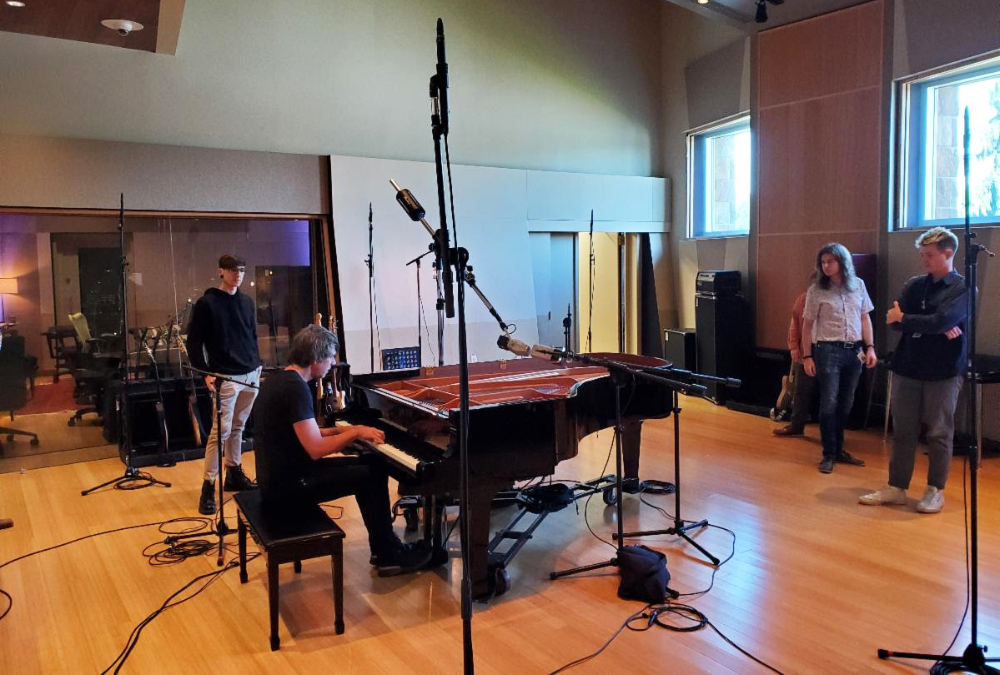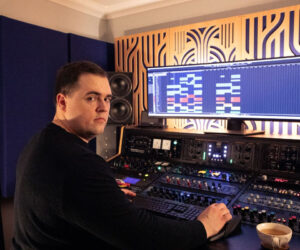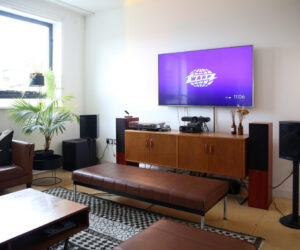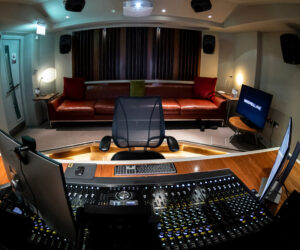Recording engineers George and Geoff Hazelrigg, two-thirds of the Hazelrigg Brothers jazz trio, manufacturers of the D.W. Fearn line of circuits and co-founders Hazelrigg Industries, are focusing their 30 years of production experience and 15 years of recording knowledge on immersive audio recording, with DPA Microphones 4006A omnidirectional condensers and accompanying nose cones as a key part of their approach.
“These mics are just so quiet,” states Geoff Hazelrigg. “When we record in DSD, an extremely high-detailed recording format, the DPAs are so quiet and capture the total dynamic. All the little nuances of the room are picked up without having excess noise getting in the way of anything.” George Hazelrigg adds. “The nose cones make the mics absolutely flat from top to bottom. There are no hotspots anywhere in any frequency range. These mics are sort of magical.”
“The entire industry is thinking about how to remix tracks to fit an immersive format, but we start from the ground up and build tracks specifically for immersive,” he continues. “The 4006s are the standard of excellence for this.”
The duo has implemented this concept for their recent co-production of LA-artist Tyler Smith’s new record. Produced in collaboration with Sweetwater Studios, they worked alongside noted mix engineer Mike Miller and Sweetwater engineer Shawn Dealey.
“We hung six 4006s in the room ― corresponding with the right and left fronts, sides and rears ― to create a very realistic image,” George explains. “We even took the mics into different acoustic spaces and put single tracks through a speaker to capture the room reverb. This way, we weren’t relying on DSP reverb, but rather real acoustic spaces picked up by the DPAs.”
He also points to the difference of quality in spatial audio as compared to in stereo: “In stereo, you can jigsaw puzzle things together if you’re working on a dense pop mix, but there’s no place to hide with spatial audio. The DPAs allowed us to record without phasing or sorting. They were easy and just worked. They also complement the close-source ribbon and tube mics that we use extremely well. The 4006s are just a higher quality. They’re more detailed and they offer a cleaner, quieter and better balance.”




















